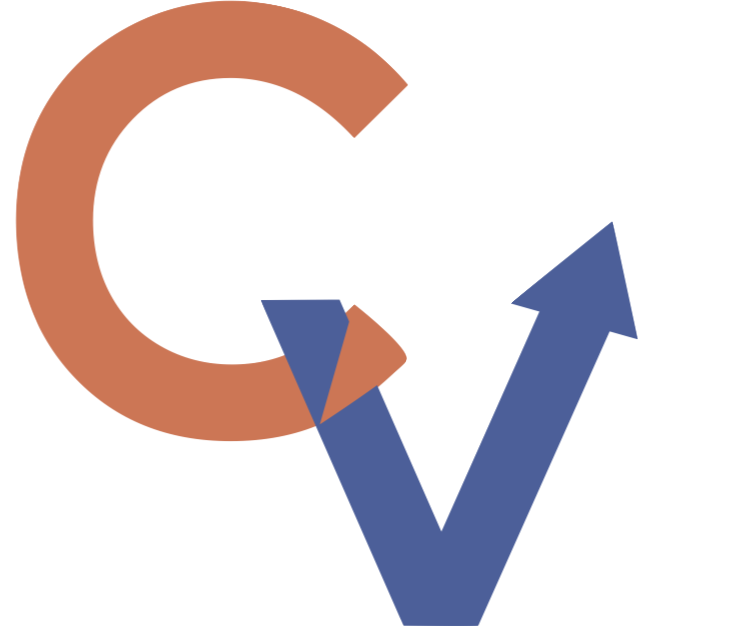What’s in Your LinkedIn About Section?
Is your summary section (now called About) on LinkedIn empty? If so, get on it! If you already have it filled in, make sure it's as effective as possible. Below are a few tips to help you.
The summary allows a potential employer to get to know a side of you that is different from what is portrayed in your resume. In this little gem, you can show your personality, passions, and reason for choosing your career. You can even show your sense of humor.
I prefer first person because it sounds like you are having a conversation with the reader. First, think about your audience, because if you are using LinkedIn to market your own business it is going to be different than if you are seeking a job.
Start with your targets
You may have noticed that when you go to a person’s profile on the LinkedIn website, you only see the first three lines of the summary. Generally, 290-310 characters will be visible until you click "see more.” Many managers and recruiters use the LinkedIn mobile app. They’ll see only about 150 characters.
Start strong. I recommend that you include the job title you aim for and skills you possess related to the job you want. From there, start to tell your story. Then they will be enticed to click and read more.
“Tell me about yourself”
Don’t tell your whole life story. Instead, answer that beloved (ha) interview question, “tell me about yourself” with a slightly personal angle.
Two of the questions we ask our clients to help frame their story are:
As a child, what did you want to be when you grew up?
How did you get into your career field?
Answering these questions will help you create a thread through your experience to lead people to where you are today. For example, when I was young, I wanted to be a Russian teacher because my first language teacher was truly that incredible!
I also wanted to be a writer and own a business. I started a small business in my parents’ house called Just Things when I was 9 and sold small toys and candy to friends.
After college, I used my Russian skills in my early career, but I knew then that I did not want to teach. I got into communications because of my language skills, but my love of writing was also apparent to the hiring managers. Then I started Career Valet. Though each interest has manifested itself in different ways in my career, I’ve consistently applied my love of writing and business, and I’m teaching/coaching clients.
I didn’t even make the interest in teaching connection until I wrote this, so it shows you how powerful it can be to think about your childhood and passions. Through sharing some of this, employers gain insight into your motivations and career choices.
Proof points
Once you have the personal story you want to tell, work on the content that shows you have what it takes to do well in a new organization.
What do your colleagues and/or managers say about you?
Identify 2-3 qualitative or quantitative accomplishments.
If you’re looking to get ahead in your career, show how you’ve demonstrated those qualities that will enable you to do so.
Our clients say that writing a summary is the hardest part of the LinkedIn profile because you need to draw a line from where you’ve been to where you want to go. If you take the time to consider your personal interests and professional accomplishments, you can weave together a unique story that will make employers not only click “see more,” but invite you in for an interview.
